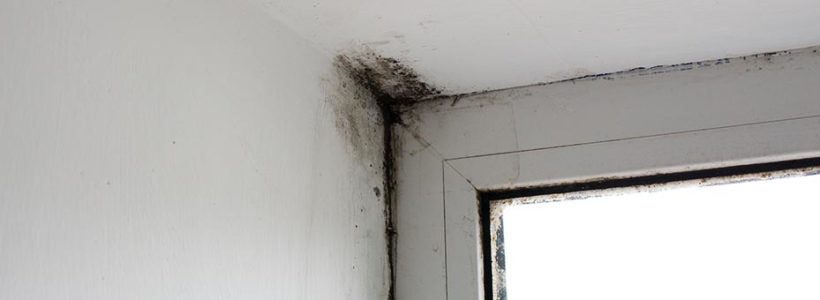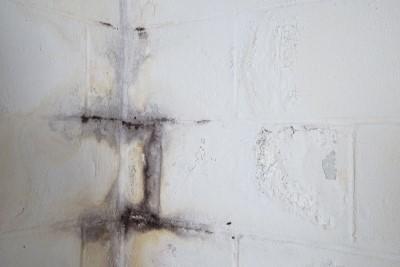Stain from Water on Wall Surfaces - Assessment and Address Suggestions
Stain from Water on Wall Surfaces - Assessment and Address Suggestions
Blog Article
Are you currently interested in information about Water Stains on Walls?

Water stains on walls are not pleasant to the eyes. Often it seems practically unpreventable to experience water discolorations on walls in residences.
House owners living in damp regions constantly take care of the fear of water spots on wall surfaces. However that doesn't have to hold true for you. With precise and also well-rounded info on the causes of water stains as well as punctual repair work procedures, you will certainly always be a step ahead of such occurrences. So, this post assures to be a valuable overview for you.
3 Usual Causes of Water Stains on Walls
Unlike popular belief, water stains on walls do not always stem from bad building materials. There are numerous sources of water discolorations on walls. These include:
Poor Drainage
This will prevent water from seeping into the wall surfaces. This web links to too much moisture that you observe on the wall surfaces of your structure.
The leading cause of damp wall surfaces, in this situation, can be an inadequate drain system. It can also be due to inadequate monitoring of sewage pipes that run through the building.
Moist
When hot wet air meets completely dry cold air, it creates water beads to form on the walls of buildings. When there is vapor from cooking or showers, this takes place in washrooms as well as kitchen areas. The water droplets can tarnish the bordering walls in these parts of your residence and infect other areas.
Moist or condensation affects the roof and also walls of structures. When the wall surface is damp, it produces a suitable atmosphere for the growth of germs and fungi.
Pipeline Leaks
Most homes have a network of water pipes within the wall surfaces. This makes certain that the pipes are faraway from the reach of devastating rodents. It constantly enhances the viability of such pipelines, as there is little oxygen within the walls. This inhibits rust.
A downside to this is that water leakage impacts the wall surfaces of the structure and causes prevalent damages. An indication of malfunctioning pipelines is the look of a water tarnish on the wall surface.
Water Stains on Wall: Repair Service Tips
Homeowners would typically want a quick fix when taking care of water spots. They would soon recognize this is disadvantageous as the water discolorations reoccur. Below are a couple of helpful ideas that will certainly direct you in the fixing of water stains on walls:
Pro Idea
A houseplant in your home additionally raises its moisture. If the residence is already moist, you might want to introduce houseplants with marginal transpiration. An example of suitable houseplants is succulents.
Verdict
No one wants to have water spots on walls in their house, it can occur to the ideal of us. This article gives you leverage, as you currently know just how to handle this accident if it does take place.
It is always best to hire professional services to assist take care of the damages in your house.
Often it seems nearly unavoidable to experience water discolorations on walls in houses.
In contrast to prominent idea, water spots on walls do not constantly stem from poor structure materials. There are numerous causes of water spots on wall surfaces. The water beads can stain the bordering wall surfaces in these parts of your home and spread to other areas.
Right here are a couple of practical suggestions that will assist you in the repair work of water spots on walls:
CHECKING FOR WATER DAMAGE
Water damage can be costly, and it may begin before you even notice the first signs of trouble. Water damage can cause mold and mildew in your walls and floors, which can create an abundance of health concerns for your family. It can also lead to costly repairs of various appliances and general home fixtures. To avoid the pricey consequences of water damage, here are Warner Service’s top 5 places you should check:
The walls – The easiest place to spot the beginnings of water damage is on the walls and ceilings of your home. If water damage is present, there will most likely be water stains, especially around the windows and doorframes, and/or cracks in the drywall. If a stain looks unusual (discolored to brown, black or gray, raised texture), has a swollen appearance or is soft to the touch, contact a professional immediately. The pipes – To avoid water damage, consistently check the pipes in your kitchen (especially the dishwasher and ice maker), bathrooms, laundry room (specifically washing machines) and basement for corrosion, leaks and water stains. Pay special attention to where the pipes connect in your home and the location of caulking around the bathroom fixtures, including toilets, sinks, showers and tubs. Missing or loose caulking and grout could be signs of leaking water. This seepage can also quickly cause mold and rust, so double check your water heater and tank for wet spots on the floor. The floor – Water damage is very easy to spot on the floor. Look for any warping or buckling of the material, especially in the basement. If your home has wood flooring, look for bright white or dark stains. If your home has carpeting, keep it dry and clean. A damp carpet that smells of mold could cause water damage and health problems. To avoid this, consider installing floor pans under your appliances to help prevent damages from small, slow and undetected leaks. The basement and attic – If your basement or attic smells odd check for mold and mildew around the area, especially the valley where the roof meets. While you are inspecting those areas, check for wall cracks, floor stains, rust and dampness in the insulation. If you live in a colder and/or rainier climate, perform routine checks for water damage from melting snow or ice and rain. The exterior – Check the roof for damaged flashing and missing, cracked or curled shingles. There should also be no standing water anywhere outside your home. This could be caused by puddles, leaky rain gutters or hoses, poor drainage, or short gutter spouts. Invest in a sump pump system or water flow monitoring system, and perform routine maintenance on these outdoor appliances to avoid indoor water damage.

I was shown that article about from an acquaintance on another web address. Enjoyed our article? Please share it. Help somebody else discover it. We treasure reading our article about Water Stains on Walls.
Clog problems? Inform. Report this page